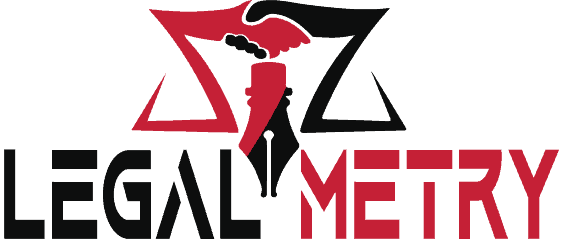All about EU’s new Regulation on Artificial Intelligence(AI)
The European Union’s proposed artificial intelligence (AI) policy, which was unveiled on April 21, is a direct challenge to Silicon Valley’s widely held belief that the law should stay out of burgeoning technologies. The plan lays up a complex regulatory framework that prohibits certain AI applications, strongly controls high-risk applications, and controls less dangerous AI …
All about EU’s new Regulation on Artificial Intelligence(AI) Read More »

